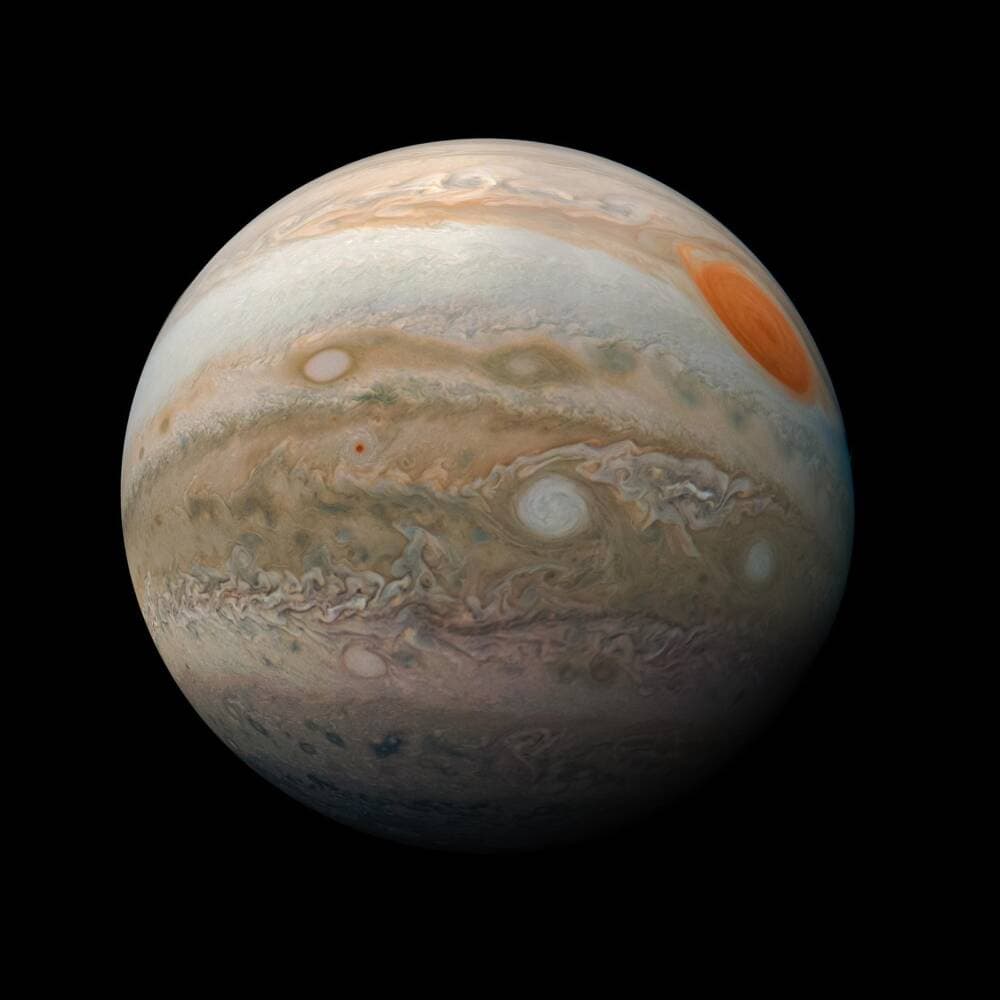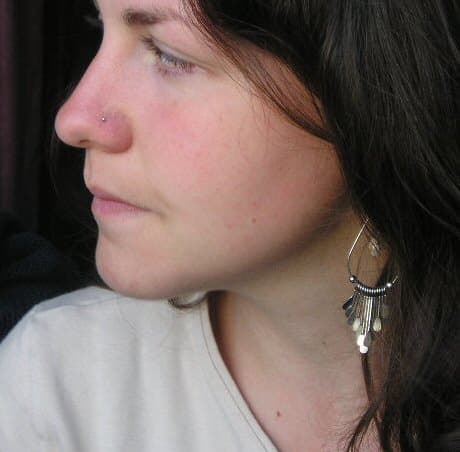Advertisement
Commentary
What Jupiter’s icy moons might tell us about our universe

Jupiter is the biggest planet in our solar system, marked by its Great Red Spot (which, by the way, is shrinking) and its 90-plus moons. The gas giant tends not to grab as many headlines as its picturesque and haloed neighbor Saturn, or Mars, the legend of science fiction and aspired human landing spot.
But Jupiter — or more accurately, its moons — may hold keys to some of humanity’s biggest questions, such as where and how life emerged in our solar system. That’s why the European Space Agency (ESA) just launched a spacecraft to explore these moons.
The Jupiter Icy Moons Explorer, nicknamed “JUICE,” launched April 14 from Kourou, French Guiana. Getting this mission off the ground was particularly tricky because of super-tight launch windows — one second per day. (The launch was originally scheduled for April 13 but was rescheduled due to lightning.) The spacecraft had to launch at precisely the right time in order to follow its meticulously-planned, eight-year-long route to Jupiter.
Jupiter is roughly 553 million miles away from Earth, which means it takes a tremendous amount of fuel to get there. If JUICE uses all of its fuel getting to Jupiter, it won’t have enough to conduct maneuvers around the planet’s moons. To solve this problem, ESA engineers devised a route that enables the spacecraft to get “gravity assists” from Venus, Earth and the moon. That means the spacecraft will enter the orbits of those celestial bodies long enough to catch a fuel-conserving speed boost. That complicated trajectory means that the mission could only launch when the three bodies were in a specific alignment.
After a successful launch, JUICE is currently on its way to orbit the sun for roughly 16 months. In August 2024, the craft will harness the gravitational forces of both Earth and the moon. The long journey involves additional gravity assists from Venus in 2025, and then from Earth in 2026 and 2029. The 2029 fly-by of Earth will slingshot the craft toward its final destination.
In July 2031, JUICE will arrive at Jupiter, where it will orbit the planet before focusing on the moons Europa, Callisto and Ganymede. These icy moons are thought to harbor the basic ingredients necessary for life: carbon, energy and water. In 1995, NASA’s Galileo probe found indications of subsurface oceans on all three of the moons. In 2014, the Hubble Space Telescope found evidence of geysers on Europa, which suggests the presence of a subterranean energy source. That moon is the focus of NASA’s Europa Clipper mission, which will launch in 2024 but will arrive in the Jovian system roughly a year before JUICE, due to JUICE’s complicated gravity-assisted route.
JUICE is part of ESA’s sweeping “Cosmic Vision” program, which seeks to answer some of the universe’s biggest questions: How did the universe form? What is it made of? What physical laws dictate its formation and expansion? How did the solar system form and how does it work? What conditions allow for planets to form? What conditions allow for life to emerge?
After JUICE orbits Jupiter, it will focus on Ganymede, the largest moon in our solar system. The spacecraft will become the first to orbit a moon in the outer solar system. Scientists believe Ganymede’s subsurface ocean contains many times more water than all of Earth’s oceans combined. Ganymede also contains a fourth ingredient necessary not for the emergence of life, but for habitability: a more stable environment.
Ganymede is the only known moon to have its own magnetic field. Just as Earth’s magnetic field helps shield us from radiation, Ganymede’s magnetosphere could provide similar protection for living organisms. At the same time, the moon’s magnetic field may make it more difficult for the probe to collect data, as JUICE will be flying hundreds of miles above the surface of the moon.
At that distance, detecting any existing life on Ganymede is extremely difficult. If any microbial life exists, it’s probably well under the surface. That means the JUICE mission is unlikely to find life or direct evidence of it. However, JUICE can lay the groundwork for future missions that might.
The 10 instruments onboard the probe will collect a variety of data that will help scientists determine the depth of Ganymede’s subterranean ocean, whether it consists of saltwater or freshwater, and its chemical composition. That information will in turn help determine the likelihood of past, present, and future habitability, as well as the desirability and potential focus of follow-up missions.
In 1752, Voltaire wrote a proto-science fiction novel called "Micromégas." In it, aliens seek knowledge about the cosmos, study Jupiter’s moons and then spend a week on Jupiter itself. Since then, countless other works of sci-fi have focused on Jupiter, especially as scientists learn more about its potential to sustain life. In the novels and TV series "The Expanse," humans successfully settle on Ganymede, and the moon is known for being the safest and most stable place in the Jovian system.
Perhaps these stories flaunt wild imagination, or perhaps these writers are onto something that just might be plausible someday. JUICE represents a major step in finding out.
